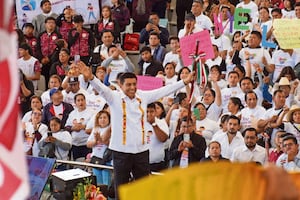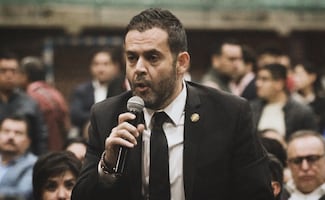Más Información
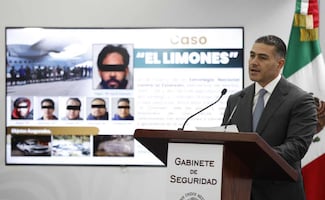
Harfuch informa avances del caso "El Limones"; UIF congela cuentas y descarta vínculos con Pedro Haces o sindicatos
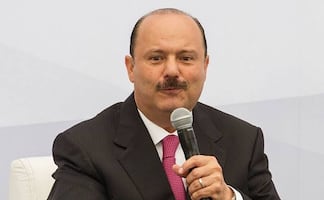
FGR obtiene vinculación a proceso contra César Duarte, exgobernador de Chihuahua; se le acusa de lavado de dinero

Jueza cancela audiencia del caso María Amparo Casar; FGR deberá continuar acusación ante juez del Reclusorio Norte
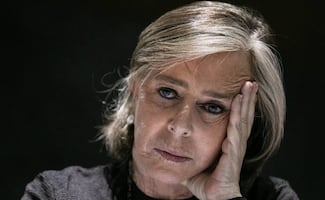
María Amparo Casar y la presunta pensión ilícita de Pemex por la que la FGR la investiga; esto es lo que se sabe del caso
Today, Mexico brandished a sample of four short films and documentaries at the International Critics’ Week in Cannes.
“Lo que no se dice bajo el sol,”
(What Can't Be Said Under the Sun) by Eduardo Esquivel; “Vuelve a mí,” (Come Back to Me) by Daniel Nájera ; “ Aguas tranquilas, aguas profundas, ” (Calm Waters, Deep Waters) by Miguel Labastida , and the documentary: “ Tierra de brujas, mar de sirenas, ” (Land of Witches, Sea of Sirens) by Delia Luna Couturier arrived at the French riviera hand-in-hand with Morelia’s International Film Festival (FICM) .
The alliance between Cannes and Morelia goes back to the birth of the Mexican film festival in 2003, when FICM agreed to project the movies from Cannes’ Critics’ Week. Two years later, the Cannes Film Festival started doing the same by projecting selections of Mexican films every year.
“I have confidence that we are very well represented at the Festival. I’m very glad that these young people are reaping the benefits of our festivals,” said the director of the FICM, Daniela Michel.
Cannes Critics’ Week is a parallel non-competitive section created in 1962 by the French Syndicate of Film Criticism , its purpose is to discover young and promising filmmakers. The films projected are usually the participants’ first projects and some of the directors that once participated in this parallel section are Guillermo del Toro and Alejandro González Iñárritu.
The short films, according to Michel, make it possible for the jury to detect new talents, and the four selected participants for this year are a reflection of the recent prosperity of Mexican cinema, with “a diverse and very numerous production of great quality and a very eager audience.”
Esquivel, born 25 years ago in Guadalajara , considers it “an honor” to take part “in this cluster of storytellers” that each year, on the month of May, turn Cannes into a beacon of cinematography.
With his film “ Lo que no se dice bajo el sol ”, he meant to explore “the fractures made visible in family ties, that arise because of things left unsaid.” In contrast, Labastida , aged 26, addressed the conflict of religion and psychiatry in rural areas.
29-year-old Delia Luna Couturier
portrays her take on popular ideologies in the borough of Xochimilco, while Nájera , who has the same age, tells a story about “the loss of innocence” through the relationship of two brothers who become distanced in a big city.
The new filmmakers dwell on subjects that speak of their direct environments, such as corruption and violence, but they also offer a new point of view: “The country’s situation is implied, but we don’t intend to justify it. If audiences are looking for sensationalism, they should buy a newspaper.”
None of them leave out the great difficulties of carrying out their projects in a hostile environment where, only two months ago, three film students disappeared, and their bodies were found a few days later, dissolved in acid .
But these filmmakers keep their willingness to make their voices heard intact.
“It’s important to discuss violence because we live surrounded by it, but in order to overcome it, we also have to shine light upon the good things,” Couturier concludes. To her, cinema is “a weapon for change and a way for us to know ourselves as a society, both culturally and historically.”
dm
Noticias según tus intereses
[Publicidad]
[Publicidad]







